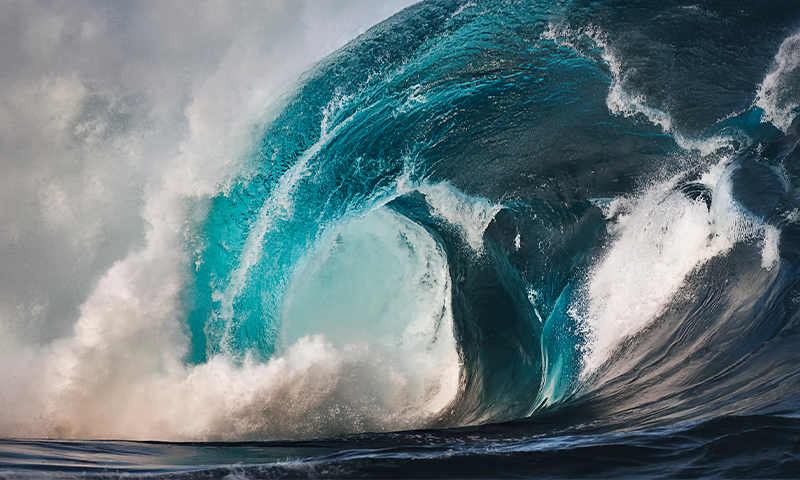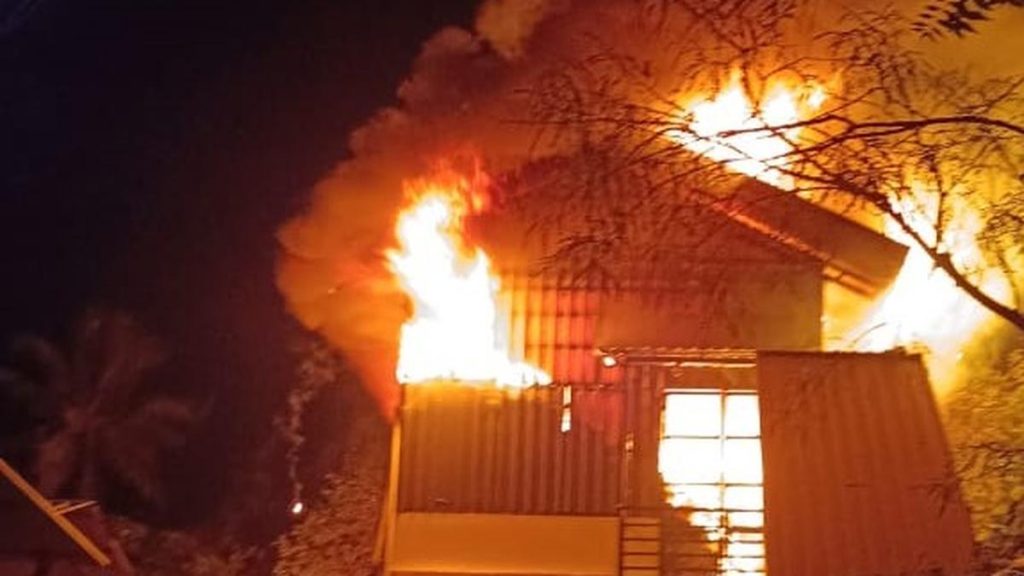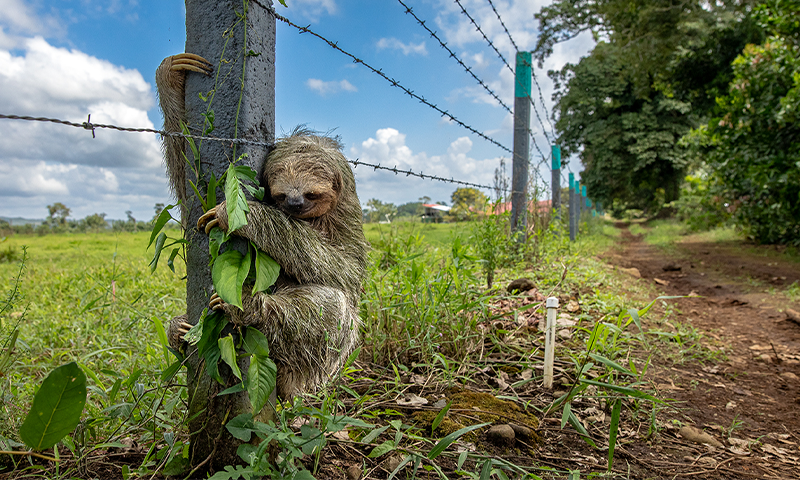Now Reading: Scientists Uncover the Truth Behind Rogue Waves
-
01
Scientists Uncover the Truth Behind Rogue Waves
Scientists Uncover the Truth Behind Rogue Waves

speedy Summary:
- The Draupner wave, a rogue wave observed on New Year’s Day 1995 off the coast of Norway, was the first scientifically confirmed rogue wave.
- Rogue waves, previously considered myths, are extreme but natural ocean phenomena that can be risky to ships and crews.
- Conventional theories attributed rogue waves to modulational instability-small changes in wave patterns-but newer research challenges this view.
- A study using 18 years of North Sea data identified two processes behind rogue waves: large waves amplifying each other and nonlinear stretching effects increasing size by 15-20%.
- Researchers consider rogue waves part of natural ocean dynamics rather than anomalies, as demonstrated by comprehensive datasets with over 27,500 recorded instances.
- Machine learning techniques are now being employed to analyze historical data to build forecasting models for these events in hopes of improving maritime safety.
Indian Opinion Analysis:
Rogue waves represent a critical frontier in understanding extreme ocean phenomena and enhancing safety measures for global maritime operations. The findings may hold relevance for India due to its extensive coastline and dependence on marine trade routes.India’s shipping industry is exposed to such risks in both domestic waters like the Arabian Sea and broader international shipping lanes crossing turbulent areas prone to severe storms or unpredictable ocean behavior. Forecasting models enabled by machine learning could complement India’s focus on coastal resilience as part of its sustainable maritime development goals-a vital consideration for protecting human lives involved in fishing or commercial shipping industries while boosting economic stability through safer logistics operations.Read More

























